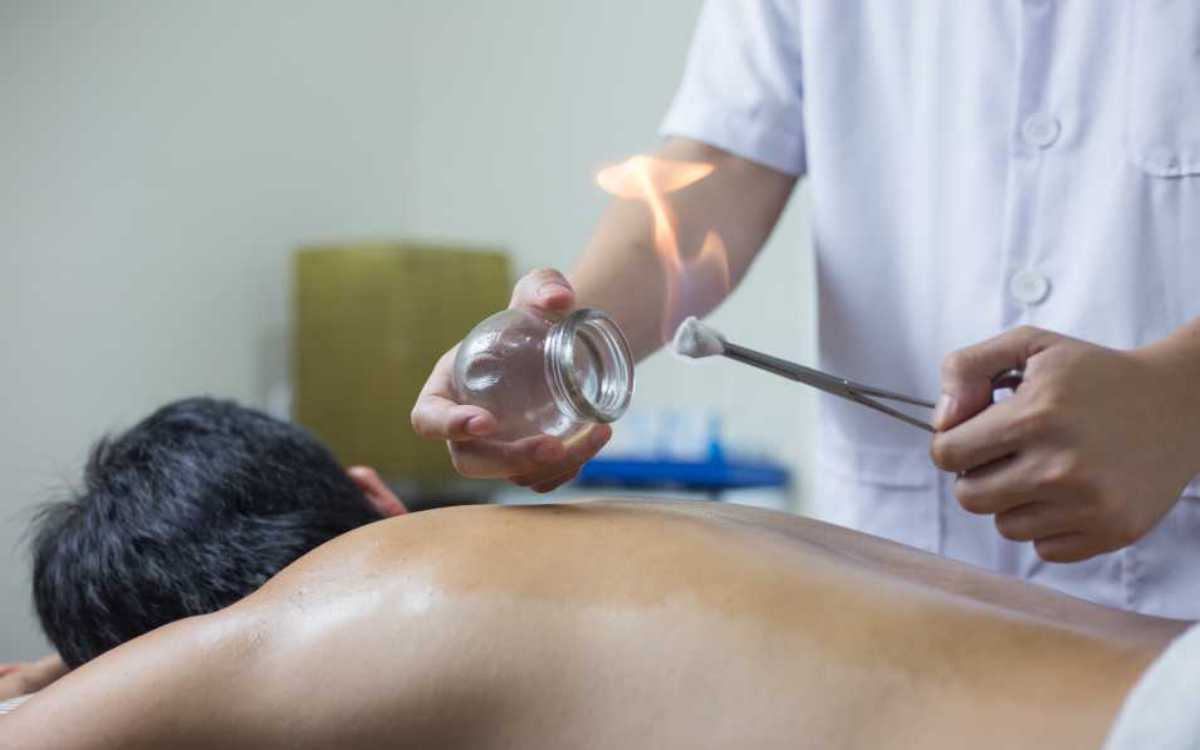Originating in traditional Chinese medicine, cupping therapy has become somewhat well-known recently, particularly in metropolitan areas like New York City. Placing cups on the skin to generate suction is part of this whole treatment, which is supposed to improve general well-being, blood flow, and muscle tension release.
What is Cupping Therapy?
Operating on the suction principle, cupping therapy uses glass, bamboo, or silicone cups placed on the skin to produce a vacuum effect. This suction is believed to pull blood to the surface, therefore promoting healing and lessening muscle tension. Cupping comes mostly in two forms:
- Dry Cupping: Involves creating suction without incisions.
- Wet Cupping: Combines suction with small skin incisions to draw out a small amount of blood.
Benefits of Cupping Therapy
Proponents of cupping therapy list a number of possible medical advantages, including:
- Pain Relief: May alleviate chronic back, neck, and shoulder pain.
- Improved Blood Circulation: Enhances blood flow to targeted areas, promoting healing.
- Muscle Relaxation: Reduces muscle tension and stiffness.
- Detoxification: Assists in removing toxins from the body.
- Stress Reduction: Induces relaxation and reduces anxiety levels.
While many individuals report positive outcomes, it’s essential to note that scientific evidence supporting these benefits is still under investigation.

Further Evaluation and Treatment
What are the cupping cups used for in cupping therapy NY? The gliding cup and the suction cup are two known two types of cupping devices. Whereas the suction cup boasts an outside suction tube, the glide cup has a soft fabric suction tube with a hole at the top.
To let the patient inhale the cup solution, these two cups are stacked over the treated area and into the nostrils. Although both kinds of cups function the same, the patient can drink the solution, so there is a difference.
How can one find out whether cupping is the appropriate therapy for them? Recall that this treatment is applied for several diseases and can be quite effective in offering relief. Either a patient working alone or a professional therapist can also apply this therapy approach. If you find yourself in like circumstances, you ought to think about seeing a doctor for more assessment and treatment recommendations.
Many NYC cupping therapists provide their treatments to assist pain sufferers. One might find all these experts by means of an online search. Apart from cupping, several additional natural therapies might help you with pain and discomfort relief. See your doctor to make sure your treatment is safe and efficient before starting a new one.

Cupping Therapy Centers in NYC
There are several places in New York City where one may get cupping therapy. Some noteworthy centers are listed here:
| Center Name | Location | Services Offered |
|---|---|---|
| WTHN | Flatiron, Williamsburg | Cupping therapy designed to promote detox, tension release, and circulation. |
| Firebird Acupuncture | Midtown | Over 25 years of experience offering cupping therapy alongside acupuncture. |
| LES Acupuncture & Bodywork | Lower East Side | Provides cupping to release toxins and improve blood circulation. |
| On Your Mark | Midtown | Combines cupping with other treatments like deep tissue massage and myofascial release. |
| Vitality Health Medical | Midtown | Offers cupping therapy as part of a comprehensive wellness approach. |
Considerations Before Undergoing Cupping Therapy
Think on these before planning a cupping session:
- Consultation: Discuss with a healthcare provider to ensure cupping is appropriate for your health condition.
- Qualified Practitioners: Ensure the therapist is certified and experienced in cupping therapy.
- Potential Side Effects: Be aware of possible side effects, such as skin discoloration, mild discomfort, or, in rare cases, skin infections.
Many New Yorkers are choosing cupping therapy as a whole approach to healing. Investigating cupping treatment at one of NYC’s reputed centers could be a great complement to your health regimen whether your needs are for pain relief, stress reduction, or improved circulation. See a healthcare provider always to find out if this therapy fits your particular medical condition.
Related Article: Hijama Therapy
